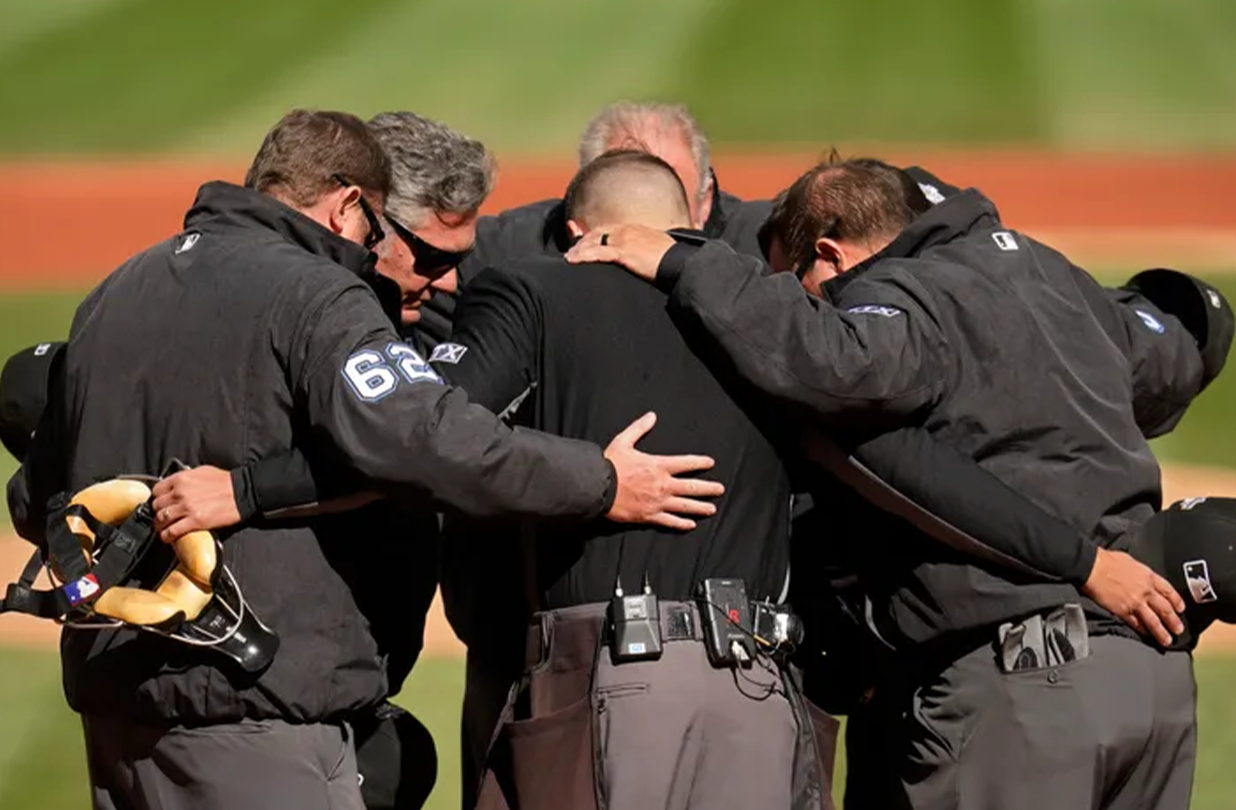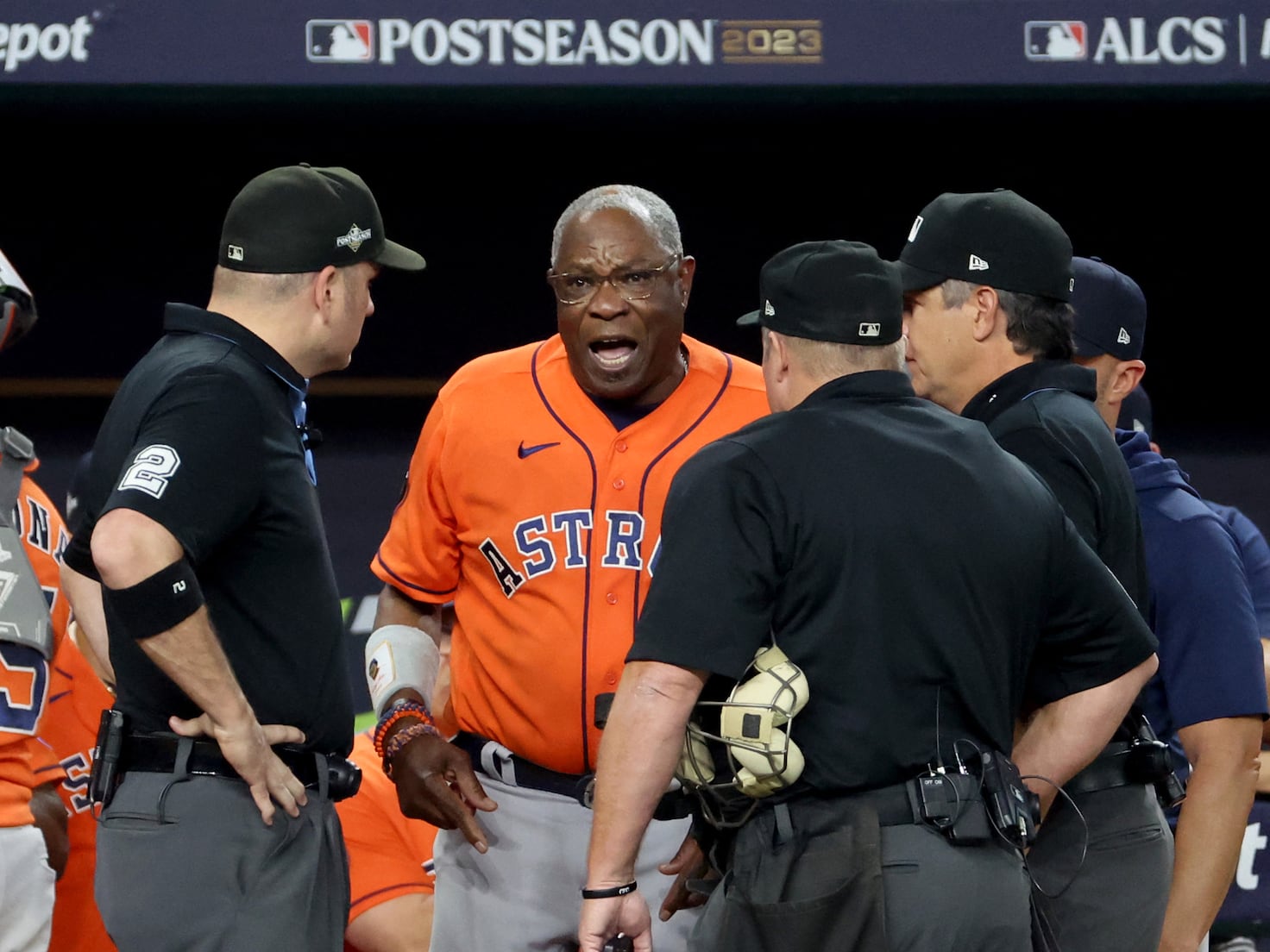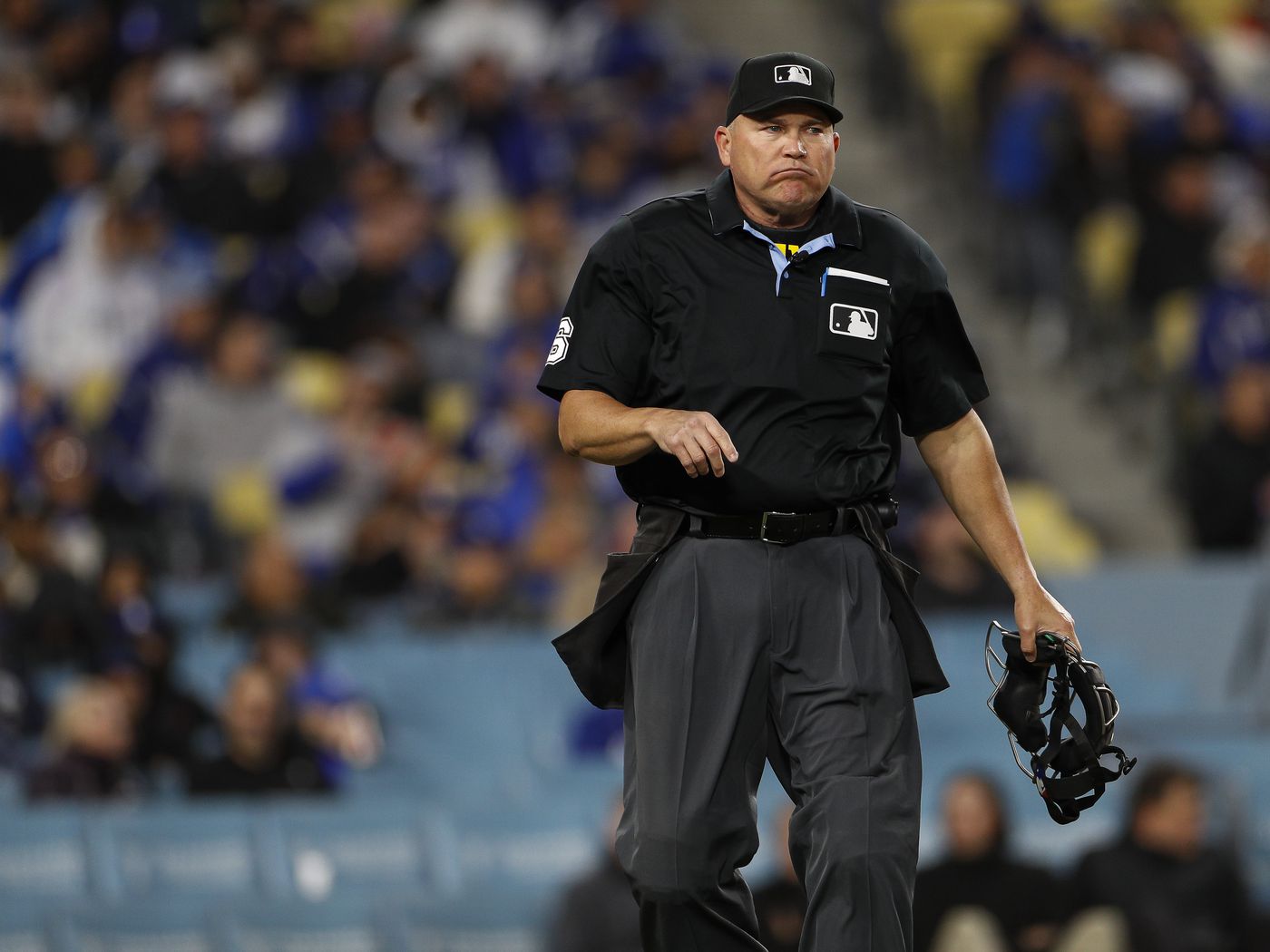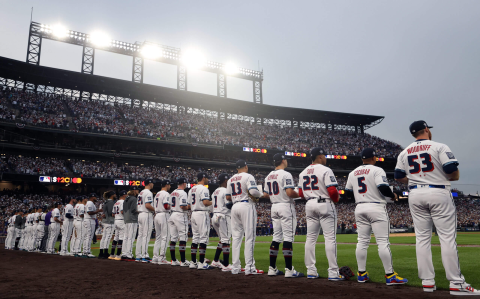Hey folks! Let’s talk about them folks behind the plate in the World Series—the umpires. Now, some might wonder, “How in the world do they pick these folks?” Well, let me tell ya, it ain’t just a name out of a hat, no sir. They got themselves a system, believe it or not. So, let’s get to the bottom of how these umpires end up on the biggest stage in baseball, shall we?
Experience Counts Big Time

First off, these umpires got years and years under their belts. I mean, they don’t just throw in any ol’ rookie. To get picked for the World Series, these fellas need to have been around the block, know what I mean? Take this fella Mark Carlson, for instance. Been an umpire for more than 25 years! This here is his third time in the World Series, and now he’s even the big cheese—the crew chief! That kinda experience don’t just grow on trees, folks.
Umpires like Carlson don’t just get handed this gig. They gotta work their way up, starting from the minor leagues, moving to regular season games, then maybe, just maybe, they get called up for postseason games. They gotta prove themselves time and time again in them playoff games before they even sniff the World Series.
How They Move Around on the Field
Now, here’s a bit that might surprise ya: the umpires don’t stay put. Yep, they rotate. They start from one spot and then move around game by game. For instance, one game, an umpire might be down the line in right field, then next game he’s over on the third base. And of course, they all get a turn behind home plate, calling them strikes and balls, which is probably the toughest spot to be, especially in a big game like this.
- Start from right field
- Move clockwise to other bases
- End up back behind the plate
Rotating like this keeps things fair and square, see? Nobody gets stuck in one spot, and each of ’em has a fresh look from a new angle. This here system’s been used for ages, and folks seem to think it works just fine.
Getting the Call: Selection Process

Alright, so how do they actually choose the umpires for the World Series? Well, it’s pretty much like picking the cream of the crop. Major League Baseball (MLB) looks at the season and postseason performance of each umpire. They see who’s been making good calls, staying sharp, and handling the pressure. Ya don’t want an umpire who gets flustered when things heat up, no sir. That’s why only the best get to be out there in the World Series.
And ya know, not all umpires make it every year. They keep track of who’s been doing a fine job, and them folks get considered again. But if someone makes too many mistakes, well, that fella’s likely to sit out until he gets back in the groove.
Meet the World Series Crew
This year’s World Series has some familiar faces. We already talked about Mark Carlson, but he ain’t alone. There’s Doug Eddings, Chad Fairchild, Andy Fletcher, Mark Ripperger, Todd Tichenor, and Carlos Torres. Some of ’em, like Fletcher, been to the Series before. Others, well, they’re getting their feet wet. But each one of ’em earned their spot, ya can bet on that.
Special Pay for a Special Series
Now, it ain’t all just about pride. These umpires get a little extra pay for the World Series, a nice bonus. During the season, umpires make themselves a decent living, maybe around $450,000 a year if they’re experienced, but during the Series, they get a bit more. A reward, I reckon, for handling the toughest games of the year. I mean, there’s a lot on the line, and everyone’s watching every move they make!

Conclusion: It’s All in the Game
So there ya have it, folks. These umpires in the World Series, they’re chosen because they’re some of the best in the game. It ain’t easy to get picked, and they sure don’t take the job lightly. With years of work, skill, and sharp judgment, they’re out there making calls on the biggest stage of ’em all. It’s a tough job, but someone’s gotta do it, and these umpires have shown they’re up for the task.
Tags:[World Series, baseball umpires, umpire selection, Major League Baseball, MLB postseason]

























